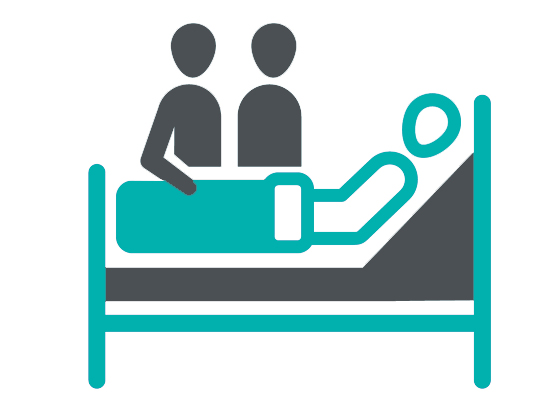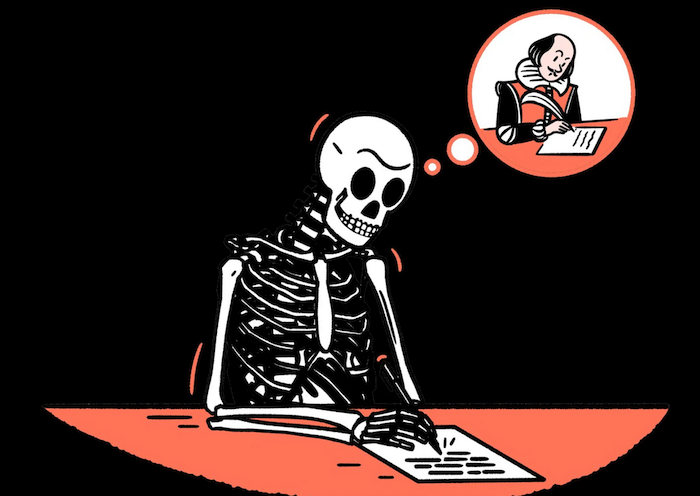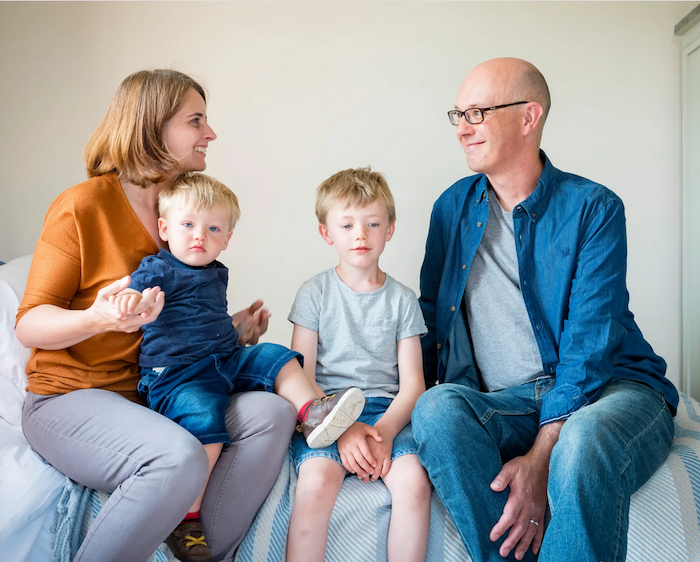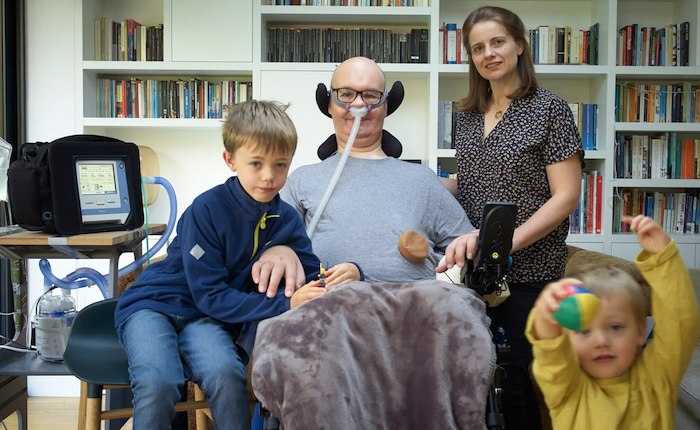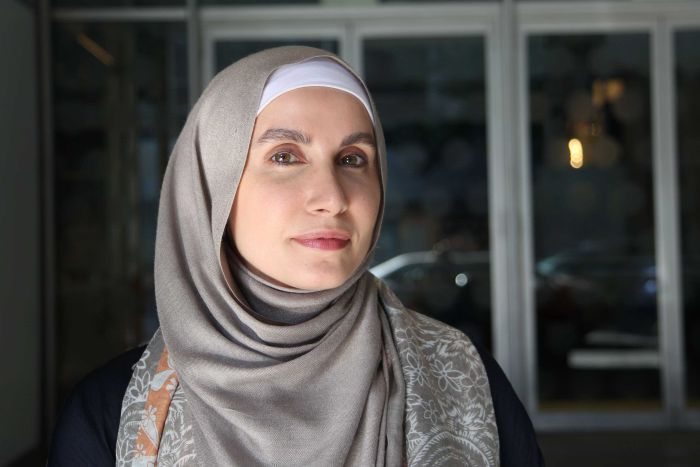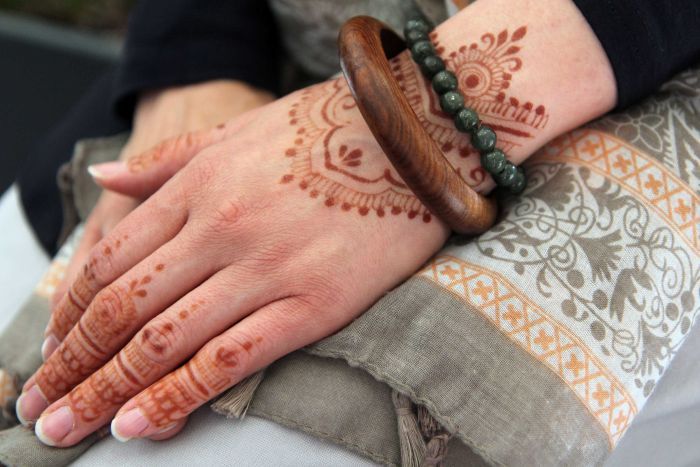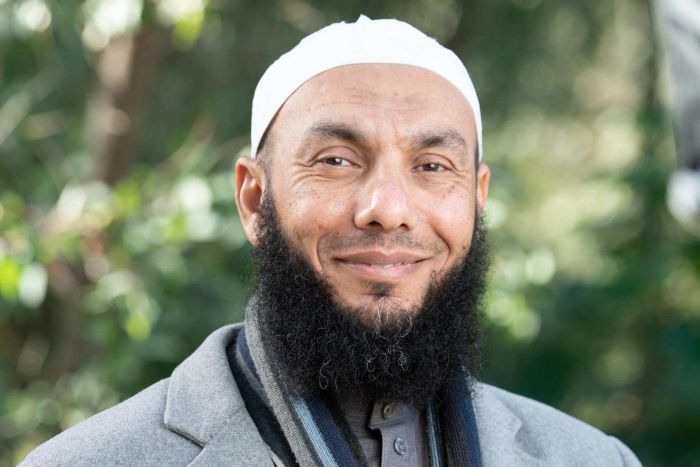—what is medicine’s role?
By Richard Smith
“Lyn Lofland’s The Craft of Dying (1978) is one of the most important books on post WWII death and dying practices that almost no one has read,” writes John Troyer, director of the Centre for Death and Society at Bath University. He thinks that everybody interested in death and dying should read the book. I agree. Potentially that means that every human being should read the book—because who cannot be interested in death, arguably the most important thing about us. Plus The Craft of Dying is short, easily read, full of compelling stories, and constructs a clear argument.
“Death can neither be “believed” nor “magicked” nor “scienced” away,” writes Lofland in her first line. But we can’t stop ourselves from thinking about it: “Everywhere and always humans think about it and develop beliefs regarding it and produce emotions toward it and do things relative to it. What they think, believe, feel, and do is, of course, variant. But that they think, believe, feel, and do is a universal.”
Every culture has developed beliefs and customs around death, but human death, argues Lofland, has changed dramatically in the past 60 years. Until that time people died mostly of infectious disease and injuries. The period of dying was short, and it was clear when people were dead. Medicine had little to offer. Now people die mostly of chronic disease, and the length of dying is long. Death is not easily defined, and doctors have much to offer, including long term ventilation, heroic operations, and drugs, some of them extremely expensive.
“In the past few decades, medical science has rendered obsolete centuries of experience, tradition, and language about our mortality, and created a new difficulty for mankind: how to die,” writes Atul Gawande in Being Mortal, published in 2014. Lofland wrote something similar in 1978: “There exists currently no widely accepted, fully articulated, well-integrated dogma that gives ‘being dying’ its meaning or its place in the larger scheme of things.”
A cultural vacuum has been created, and inevitably attempts are underway to fill the vacuum. We have entered a new age of what Lofland calls “thanatalogical chic”: in the contemporary cliché “death is the new black.” We have to decide how to die, where to die, how to dispose of the dead, how to mourn, and, most difficult of all, what death means.
One response has been what Lofland teasingly calls “the Happy Death Movement.” It is an inchoate social movement with many practitioners, strands, and different views, but Lofland sees patterns that were emerging in the 70s and are still emerging.
Firstly, a social movement needs an enemy, and the enemy of the Happy Death Movement is death denial, death as the great taboo. Lofland defines the enemy: ”America is a death-denying society…death is a taboo topic…death makes Americans uncomfortable so they run from …death is hidden in America because Americans deny it….” For America, Lofland’s home, we could substitute any high-income country—or even any high-income group within a poor country. “The consequences of all this denial and repression are,” continues Lofland, “asserted to be quite terrible: exorbitant funeral costs and barbaric funeral practices, inhumane handling of dying in hospitals, ostracism of the dying from the living, inauthentic communication with the fatally ill, an unrealistic, mechanical, non-organic view of life, and so forth.”
Lofland is dismissive of the idea of death as taboo: “One might consider it somewhat odd that the statement that death is a taboo topic in America should continue to be asserted in the face of nearly a decade of non-stop talking on the subject.” Talk, writing, and storytelling about death has continued unabated ever since and probably increased. It is probably fair to say, however, that there is much less familiarity with the experience of death: dying people, the signs of death being close, dead bodies, and the disposal of the dead.
A social movement also needs something to shoot for, and for the Happy Death Movement it’s some form of idealised premodern death, with the dying person at home surrounded by loved ones and calmly bidding them goodbye. Lofland is dismissive of this as well, including in her book stories of the dying being buried alive (in Samoa) and ignored while families party (in Tahiti).
As you would expect, the attempts to create new behaviours and beliefs around death reflect broader cultural trends, which Lofland identifies in the United States as “ ‘humanistic-counterculture’ denouncement of modern society in general, which denouncement emphasizes the Western world’s dehumanizing, unemotional, technologically dominated, inauthentic, and constricted character.” That cultural trend is alive and flourishing in most Western societies. “Why not,” asks Lofland, “with Carl Jung, speak of “the achievement of death” and view dying as the final creative task of our lives?” A director of spiritual services (what used to be called a chaplain) I met recently in a hospice told me of the tremendous pressure on people to have a “good death.” This immediately evoked for me the pressure on mothers to have a “good” or “natural” birth.
Emphasising that the Happy Death Movement is still forming, Lofland identifies how the movement will make dying better. Firstly, it’s essential to talk about it. For example, the Order of the Good Death, an organisation founded by a Californian mortician, has eight tenets—and three of them concern talking about death
“2. I believe that the culture of silence around death should be broken through discussion, gatherings, art, innovation, and scholarship.
3. I believe that talking about and engaging with my inevitable death is not morbid, but displays a natural curiosity about the human condition.
7. I believe that my family and friends should know my end-of-life wishes, and that I should have the necessary paperwork to back-up those wishes.”
Secondly, death must be rearranged, moved from hospital to hospices and the home. Death in hospital is failure. Thirdly, we must legislate death with advanced decisions and assisted dying.
Lofland also identifies emerging components of the new craft of dying. Expressivity is essential, but it’s also important to not just embrace death, but to celebrate it. (I’ve done this with my talk, delivered once at the Edinburgh Festival, “Death: the upside.”) Finally—and for me surprisingly—the Happy Death Movement wants us to believe in immortality. Lofland describes how Elisabeth Kübler-Ross, who might be called the doyen of the Happy Death Movement and whose hugely influential book On Death and Dying proposed in 1969 the five stages of grief (denial, anger, bargaining, depression, and acceptance), came to believe in immortality. The pursuit of immortality, long a dream and arguably the unique selling point of Christianity, now attracts serious people and serious money.
The other two components of the emerging craft of dying are expressivity and positivity. Talk and write about your dying and coming death and celebrate your coming death and the death of those you love. New rituals will be needed, and some like “living funerals” are beginning.
Lofland is a sociologist, an academic, an observer, but you feel that she is not in fully sympathy with the Happy Death Movement. Indeed, she conjures the idea of a Dismal Death Movement to counter the Happy Death Movement: “If expressivity comes to be widely accepted as the only way to achieve a decent death, the emotionally reticent will find themselves under great pressure to ‘share.’ If the idea that death and dying provide new opportunities for self-improvement becomes common currency, the chronic under achiever will find himself facing one more opportunity for failure. Not ‘getting off’ on death may become as déclassé as sexual unresponsiveness. Then perhaps, a ‘dismal death’ movement will rise to wipe the smile from the face of death and restore the ‘Grim Reaper’ to his historic place of honor.”
There is a little about medicine and healthcare in Lofland’s book, and nor does the Order of the Good Death have much to say on the subject. But I wonder how much medicine and healthcare—gigantic, well-funded enterprises—might come to fill the need for new ways to die. Ivan Illich certainly argued that that was the case in his book Limits to Medicine, published at about the same time as Lofland’s book. Death “is now that point at which the human organism refuses any further input of treatment…Health, or the autonomous power to cope, has been expropriated down to the last breath. Technical death has won its victory over dying. Mechanical death has conquered and destroyed all other deaths.” Indeed, it is by taking on death that “health care has become a monolithic world religion.”
All those who read Lofland’s book agree that it could have been published in 2018 not 1978 and be equally relevant. The struggle to create a new craft of dying is far from over, and those of us in medicine and heath care have a particular responsibility to think and act on medicine’s role in the struggle. Almost certainly its role should be smaller.
Complete Article ↪HERE↩!

